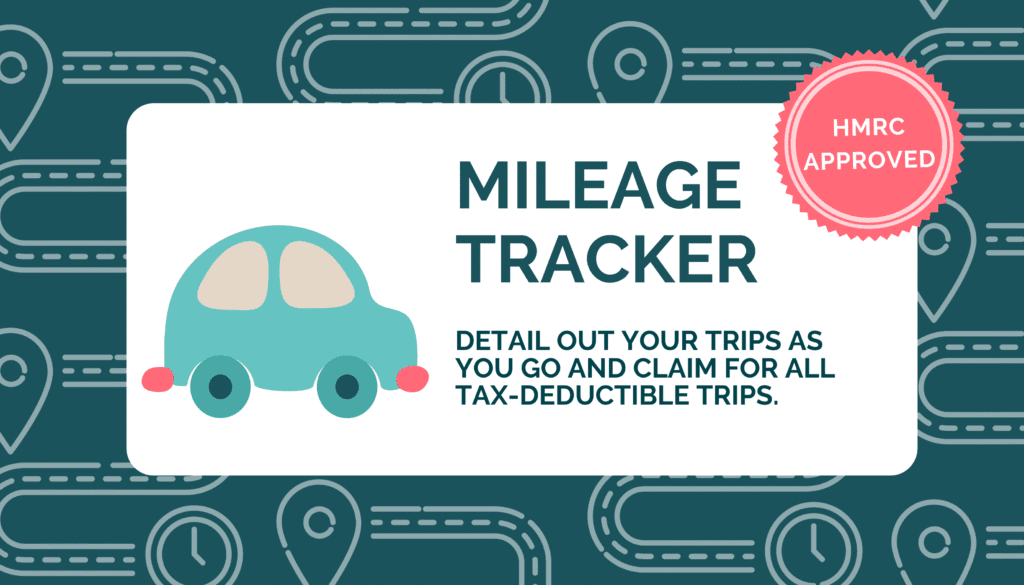If you have had CIS tax taken off your payments, you have probably overpaid. In most cases, HMRC owes you money.
Whether you are on site every day, working for multiple contractors, or running a small construction company, knowing how CIS refunds work can help you claim back what you are owed. For some, that is thousands each year.
This guide explains what you can claim, how to calculate your refund, and how to get it back for the 2025 to 2026 tax year.
How CIS Works
Under the Construction Industry Scheme (CIS), contractors deduct tax from your pay and send it to HMRC. The standard deduction is:
20 percent if you are registered
30 percent if you are not registered
0 percent if you have gross payment status
This deduction is made on your total earnings, before any expenses or allowances are applied. That means you are likely to have paid more tax than you actually owe. You get that money back by filing your tax return.
How Much Can You Claim Back?
It depends on how much you earned, how much tax was deducted, and what business expenses you can claim.
Here is a typical example:
You earned £35,000 during the 2025 to 2026 tax year
Your contractor deducted £7,000 under CIS
You had £7,000 of allowable expenses
Your taxable profit is £28,000
You get a personal allowance of £12,570
That leaves £15,430 of taxable income
At 20 percent, your tax bill is £3,086
But you already paid £7,000 under CIS
So HMRC owes you a refund of £3,914
Every case is different, but that is a realistic outcome for many subcontractors.
Expenses You Can Claim
The more expenses you claim, the lower your profit, which means less tax due and a larger refund. Allowable expenses include:
Tools and equipment
Protective clothing
Van costs, fuel and maintenance
Public liability insurance
Mobile phone for work use
Use of home for admin
Accountant or bookkeeping fees
If you are VAT-registered, you may also be able to claim VAT back on many of these costs. Here is how VAT on business expenses works.
What if You Work Through a Limited Company?
If you are a subcontractor operating through a limited company, CIS still applies. The difference is that the deductions are made from payments to your company, not to you personally.
You can claim this back by:
Offsetting CIS against your company’s PAYE liabilities
Claiming a refund at the end of the tax year through your Corporation Tax return
This process is more complex but manageable with the right payroll setup and support from your accountant.
What if You Are a Contractor?
If you are a CIS contractor, you do not claim back CIS. Instead, you are responsible for:
Deducting tax from subcontractors
Sending it to HMRC
Filing monthly CIS returns
Providing payment and deduction statements to subcontractors
Mistakes here can lead to penalties. Accurate records and the right software make a big difference.
How to Claim Your Refund
If you are self-employed:
You claim your CIS refund through your Self Assessment tax return. It includes:
Total income
Business expenses
CIS tax deducted
HMRC calculates how much tax you owe and how much you have already paid. If there is an overpayment, they refund the difference.
Most refunds are paid within two to four weeks. Some are paid even sooner if you file early and your return is accurate.
From April 2026, most self-employed people will need to follow new digital tax rules. You can read more about Making Tax Digital for 2025.
If you run a limited company:
Your company reclaims CIS either monthly through an EPS submission or at the end of the year through the Corporation Tax return. Your accountant or payroll provider can manage this.
When Will HMRC Pay?
If your return is filed correctly, most refunds are paid in two to four weeks. Some are paid in as little as ten days if filed early in the tax year.
The earlier you file, the quicker it is processed. If you wait until January, delays are likely.
If your tax bill is over £1,000, HMRC may also expect advance payments toward next year’s bill. These are known as payments on account.
Tax Rates for 2025 to 2026
These are the income tax bands for this tax year:
Personal allowance: £12,570
Basic rate: 20 percent on income from £12,571 to £50,270
Higher rate: 40 percent from £50,271 to £125,140
Additional rate: 45 percent on income above £125,140
Need the latest income tax bands? You can download our up-to-date tax tables directly here:
Download our free 2025-26 tax rate guide
It includes personal allowance figures, income tax bands, national insurance thresholds and more — all in one place.
Do Not Leave It Unclaimed
If you have had tax deducted under CIS and do not file a return, HMRC keeps the overpayment. They will not chase you to give it back.
The earlier you file, the sooner you get paid. Here is how to stop leaving your tax return to the last minute.
Whether you file it yourself or use an accountant, make sure you check your figures and claim back what you are owed.




Comments are closed